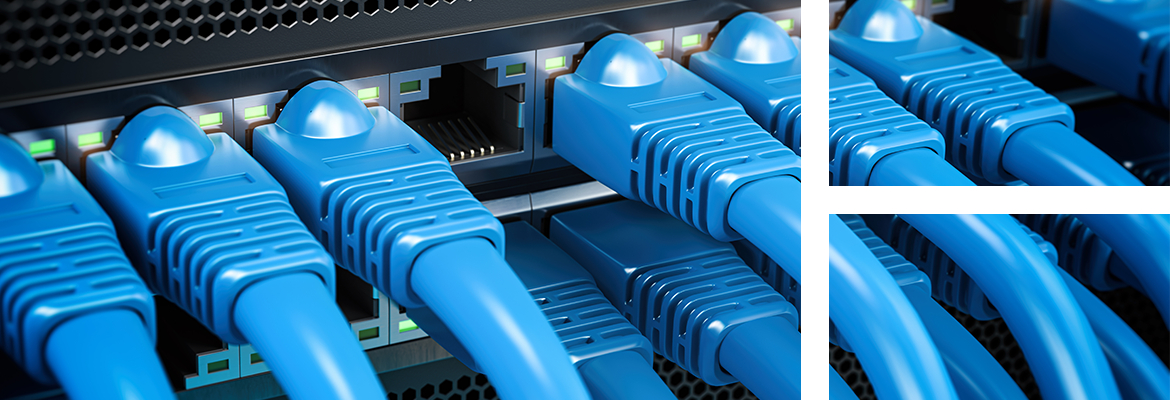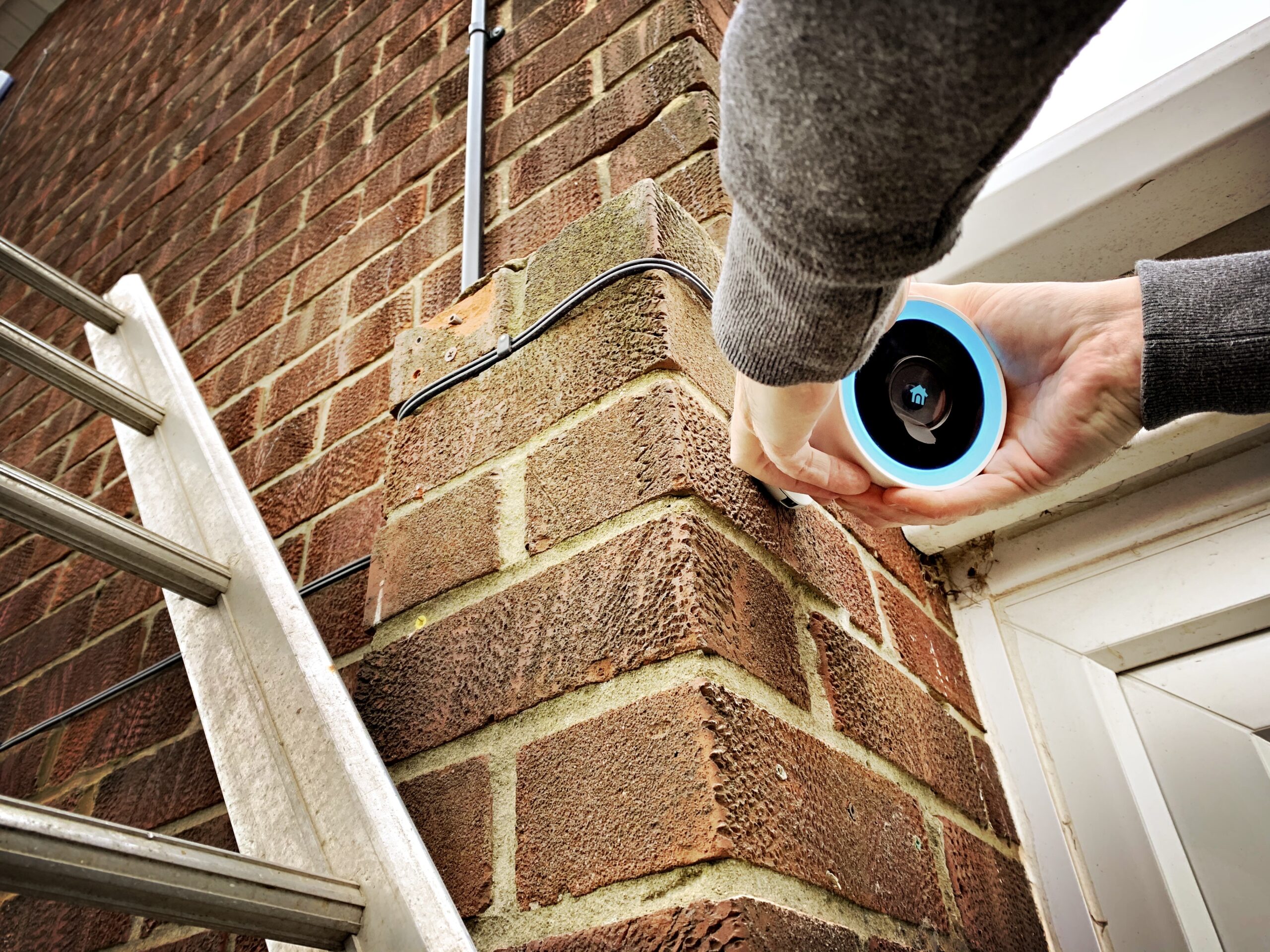STRUCTURED WIRING
Date
November 15, 2016Category
Networking & IT,
Structured cabling is the wiring infrastructure that runs throughout your building and offices that provides your data, telecommunication, voice, security, VOIP, and many other internet and computer network services. It includes everything from wall plates and jacks, to the wiring, ports, and connective hardware. The importance of structured cabling has increased and so has the need for expert technicians. Call us today to discuss how we can help you with all your wiring needs.

So how does the structured wiring installation differ from the standard electrical wiring installation? Most wall outlets use either 120V or 240V electricity. But low voltage wiring does not carry the same current as the sockets, appliances, and switches normally installed in homes. The low voltage wiring is designed to carry 50 volts of electricity or less. Common low voltages are 12V, 24V and 48V.
Low voltage wiring is commonly used for smart doorbells, telephones, garage door opening control, heating and cooling thermostats, landscape lighting, sensors and controls for alarm systems (security system cameras, motion sensors ), audiovisual cabling (surround sound systems, cable television, intercom systems), internet and wifi network, led or low voltage lighting.
The infrastructure on which low voltage cabling works is called structured cabling. A structured cabling system is built on a separate network from most of a home’s cabling. In most cases, the main electrical system of the house is installed first, followed by the low voltage wiring.
Optimal performance of a structured cabling system is dependent upon a good design. A good design considers airflow and cooling issues, allows for redundancy, chooses the correct cabling for the job, and plans the cabling patch ways. Some of the more common types of cables used in low-voltage wiring include:
A structured cabling system is simple, efficient, forward adaptable and organized. Specific wires can be quickly pinpointed. It’s also flexible and easy to alter or make additions to. It can carry data at high rates while reducing power and maintenance costs.
Here are some of the most important details electrical contractors will need to learn before installing structured cabling systems.
You can’t pull low voltage wire the same way you pull electrical wire. Low voltage wire is very fragile. Rough handling can damage it, pulling out the twist, and affecting cable performance. A maximum of 25 pounds of pull strength is recommended, although each manufacturer has its own standard which you should follow.
Another important thing to note is that low voltage wire, like fiber optic cable, cannot bend at a 90 degree angle. If you have to rotate it in a different direction, you need to form a ring. Look at the manufacturer’s standards again to determine the maximum loop radius. Cable fibers tend to bend or break, which can degrade the signal. Low voltage wiring should be installed at least one foot from the main house electrical wiring and run parallel to all wiring. The higher voltage on power cables can cause signal interference which can affect data cables. If you cannot avoid laying low voltage wires on electrical wires, they should be installed at a 90 degree angle. And generally, copper cables should not exceed 100 meters, although there are some exceptions.
Low voltage wires should be installed a foot away, at a minimum, from the home’s main electrical wires, running parallel with all the cabling. The higher voltage on electrical cables can create signal interference that may affect the data cables. If you can’t avoid installing low voltage wires across electrical wires, they should be installed at a 90-degree angle. And, typically, copper cabling shouldn’t exceed 100 meters, although there are some exceptions.

If you are looking for a cabling contractor to provide network cabling for your suite or building, then give us a call and we’ll see what we can do for you. Rest assured that our cable installers and technicians are experts when it comes to installing data cabling; the job will be done on-time and great results are guaranteed… not to mention that our prices are kind of something to boast about. So what are you waiting for? The call won’t cost you in anything besides a few minutes of your time.